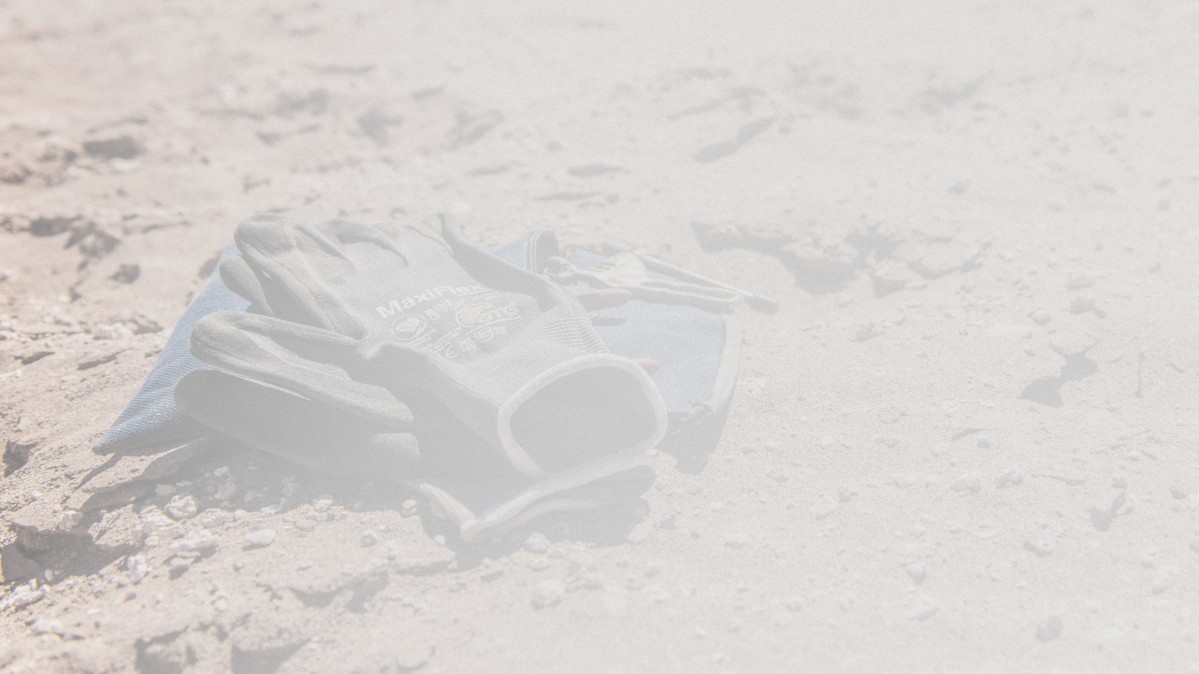Fill in any keyword and click on Search to see results.
Frequently asked questions
Can't find the answer you're looking for? Have a look at our FAQ page.What is AD-APT®?
AD-APT® is our newest technology, that we have integrated into some of our MaxiFlex®. The AD-APT™ technology is designed and developed to cool your hands whilst working and works in partnership with our proven AIRtech® technology that provides 360 degree breathability. In tandem these two technologies, AD-APT™ and AIRtech®, work to keep your hands cool, dry and productive even in though conditions.
Do your products contain DMF?
Our gloves are certified skin friendly by the Skin Health Alliance and we guarantee our products to be SVHC free (REACH).
What does ATG® stand for?
Literally - Advanced Technology Gloves. We believe in innovation and quality, and we are constantly working to refine our products and to produce new products.
Is there silicone in MaxiCut®?
Some of our existing MaxiCut® range contains silicone, however new MaxiCut® Ultra™ is silicone free, and offers EN level 4C cut protection in a thin, comfortable and breathable glove.
